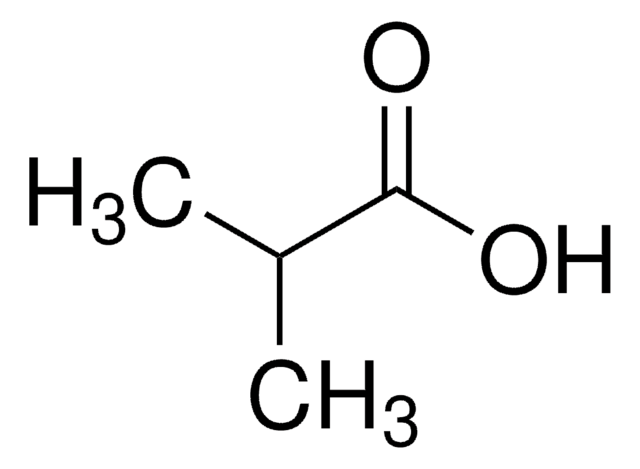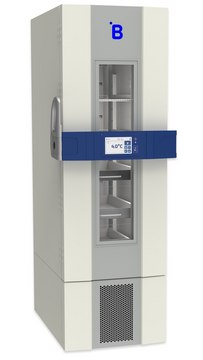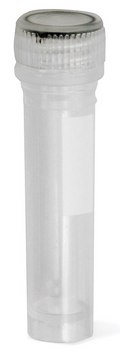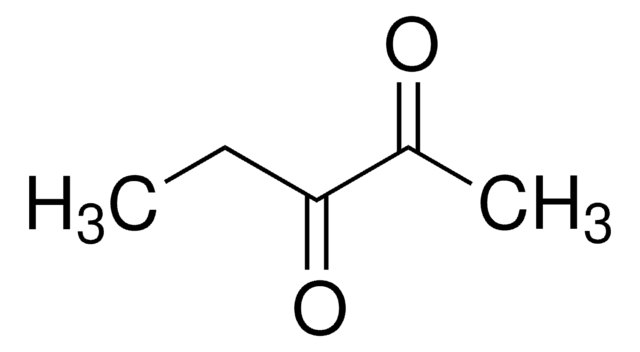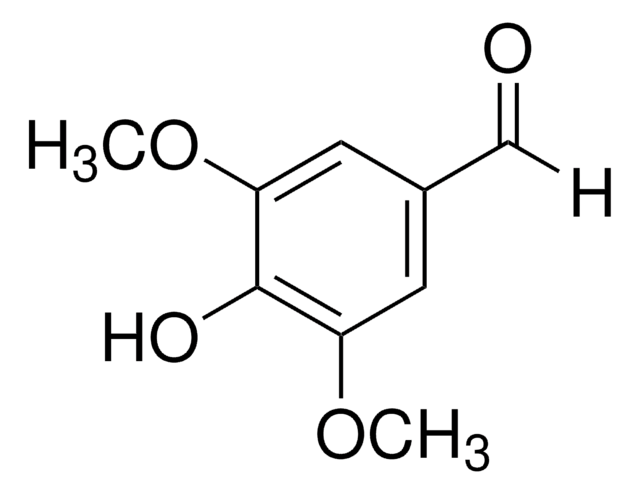W317128
cis-3-Hexenyl acetate
natural
Synonym(s):
(3Z)-3-Hexen-1-ol acetate, (3Z)-C-3-Hexenyl acetate, Leaf acetate
About This Item
Recommended Products
grade
Halal
Kosher
natural
refractive index
n20/D 1.427 (lit.)
bp
75-76 °C/23 mmHg (lit.)
density
0.897 g/mL at 25 °C (lit.)
application(s)
flavors and fragrances
Documentation
see Safety & Documentation for available documents
food allergen
no known allergens
Organoleptic
banana; green; vegetable
SMILES string
[H]\C(CC)=C(/[H])CCOC(C)=O
InChI
1S/C8H14O2/c1-3-4-5-6-7-10-8(2)9/h4-5H,3,6-7H2,1-2H3/b5-4-
InChI key
NPFVOOAXDOBMCE-PLNGDYQASA-N
Looking for similar products? Visit Product Comparison Guide
Other Notes
Signal Word
Warning
Hazard Statements
Hazard Classifications
Flam. Liq. 3
Storage Class Code
3 - Flammable liquids
WGK
WGK 2
Flash Point(F)
134.6 °F
Flash Point(C)
57 °C
Personal Protective Equipment
Regulatory Information
Choose from one of the most recent versions:
Already Own This Product?
Find documentation for the products that you have recently purchased in the Document Library.
Our team of scientists has experience in all areas of research including Life Science, Material Science, Chemical Synthesis, Chromatography, Analytical and many others.
Contact Technical Service
